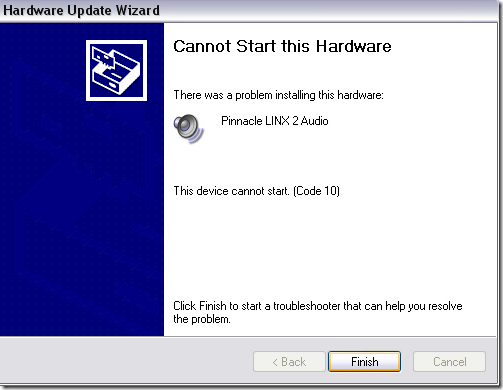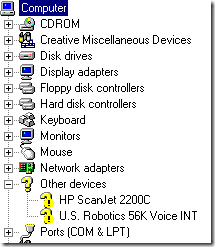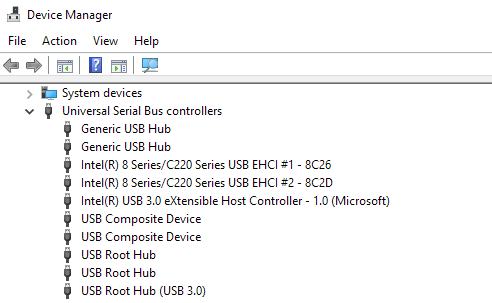Could be a problem with USB driver
I recently tried to install a USB printer on my Windows XP machine and after Windows detected the printer, I got the following error message:
The device cannot start. (Code 10)
If you’re having this same issue, here are a couple of things you can do to troubleshoot problem with USB devices. Firstly, if you have more than one computer, you’ll want to determine whether the problem lies with your USB device or with the computer by attaching the USB device to a second computer. If it installs fine and works, then it’s a problem with your computer.
If not, it could be something faulty with the USB device. However, it could also be a bad driver that does not work on any computer regardless of which one you connect it to. In any case, here are four ways to try to solve the problem:
Method 1 – Uninstall and Update USB driver
This error is mostly caused by old device drivers that have to be updated. The best way to make sure you have the latest and most up-to-date driver for a device is to go to the manufacturer’s website and download it from there.
Then you want to go to Device Manager and if you see the device listed there with a yellow exclamation point, right-click on it and uninstall the current driver that is causing problems.
Go ahead and re-connect the device and when asked for the device drivers, point to the folder with the new drivers. If there is no yellow exclamation point, you can right-click and choose Update Driver instead. If this does not work, try method 2!
Method 2 – Use USB 1.1 or 2.0 cables/ports
This may seem fairly simple and obvious, but it should be mentioned since it can cause this problem. If you are in IT like me, you probably have 50 USB cables laying around from dead USB printers, cameras, etc.
If you try to use a USB 1.1 cable for a USB 2.0 device or a USB 2.0 cable for a USB 1.1 device, you may get this error. Make sure you use the correct USB cable type with the correct speed of the device. Be warned, it could be as simple as switching cables!
Also, if you are plugging in a USB 2.0 device into a port that only supports USB 1.1, then you could have this problem! If you have an older computer and you are attaching newer USB devices to it, you may have to get an external USB hub that supports USB 2.0.
Method 3 – Uninstall all USB controllers
If that doesn’t work, then you may have to uninstall and reinstall all of your USB controllers! Luckily, it’s not too hard to do this and Windows will automatically reinstall the drivers for you! It won’t mess up your system or anything, in case you were worried about that.
Basically, go to Device Manager (Start – Control Panel – System – Hardware tab) and expand the Universal Serial Bus Controllers section.
Right-click on each one and choose Uninstall. Once you have removed all of them, restart the computer and Windows will reinstall all of the USB controllers. Now plugin your USB device and hopefully it will install without any issues! Definitely use this third method if the USB device works fine on a different computer because that means something is corrupt with the USB controllers.
Method 4 – Get an external USB hub
Finally, this problem can be caused by the fact that the device is not getting enough power! So if you have a monitor or keyboard that acts as a hub (has USB ports on it), you may get this error simply because not enough power can go through a keyboard and into your external USB hard drive!
In this case, you will have to buy an external USB hub and then connect the USB devices to not get the “device cannot start” error.
Hopefully, one of the methods above will solve your problem with the USB device! If not, post a comment and I’ll try to help! Enjoy!








